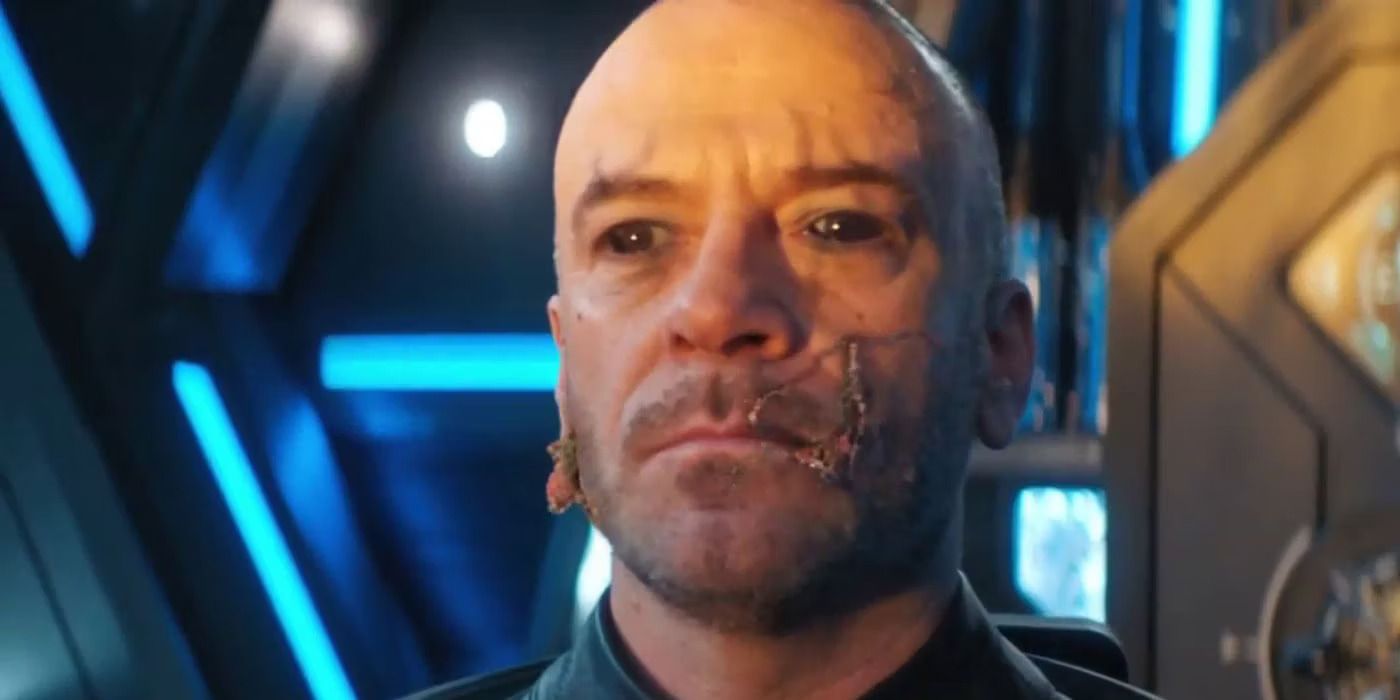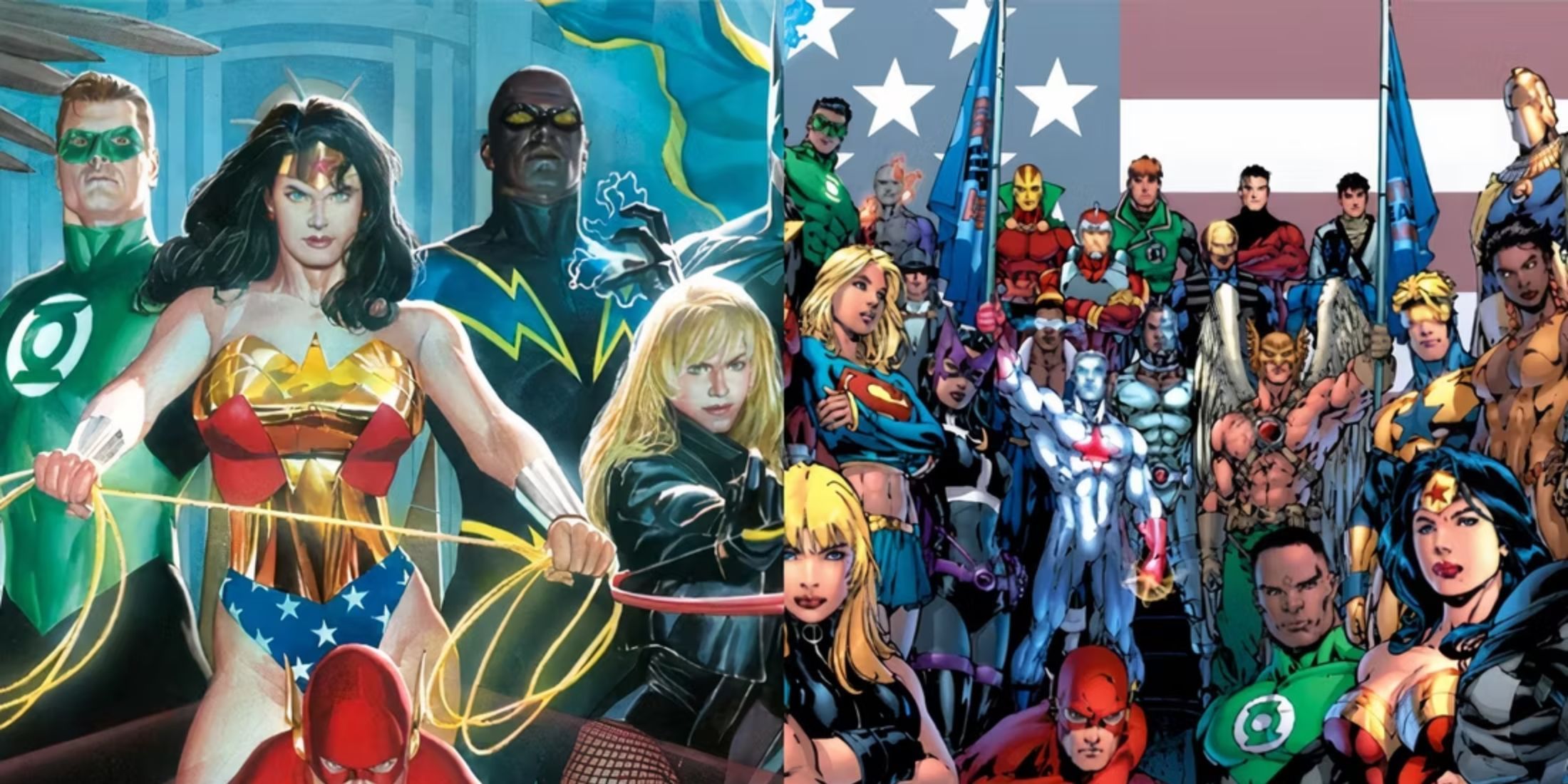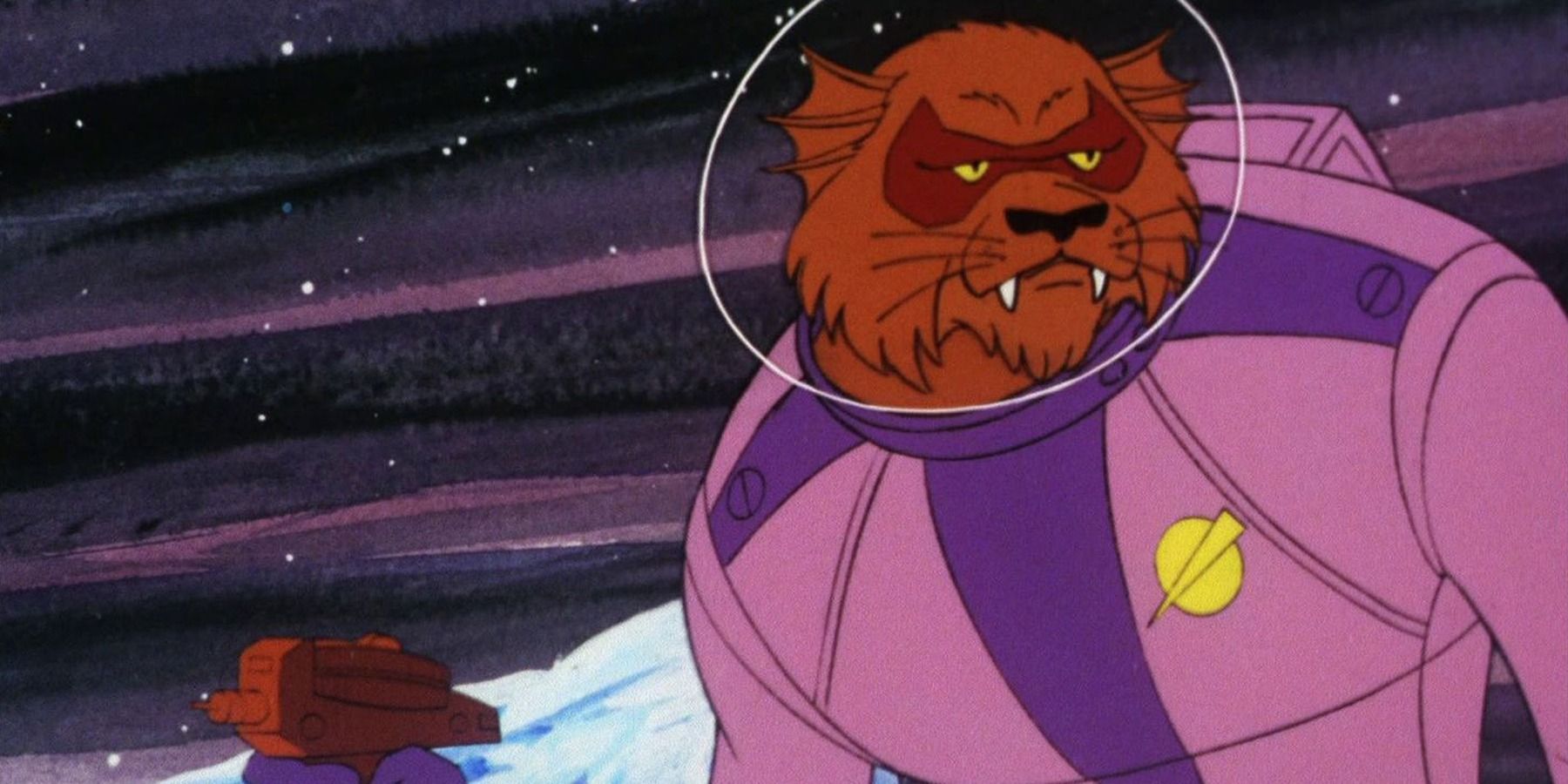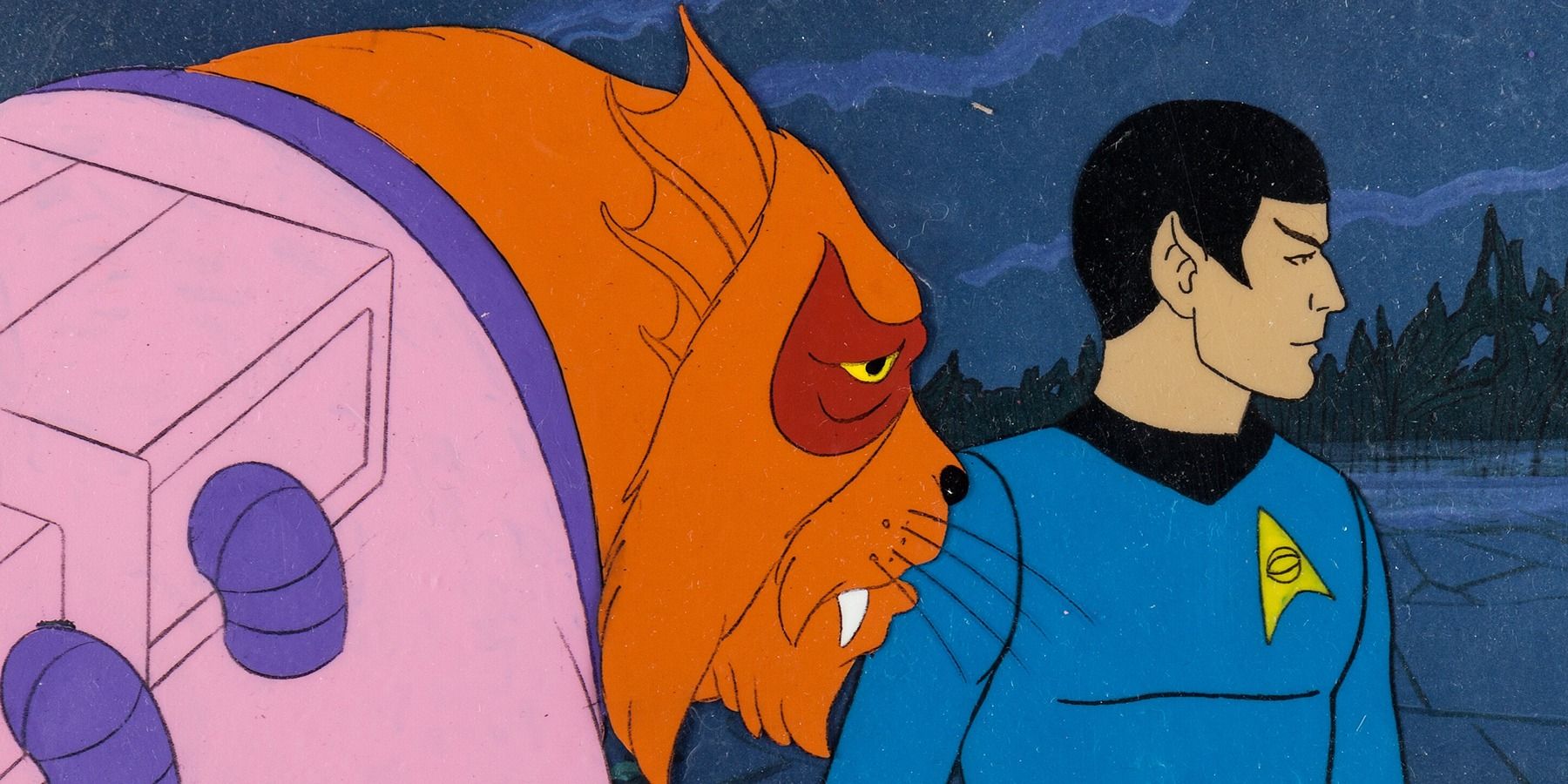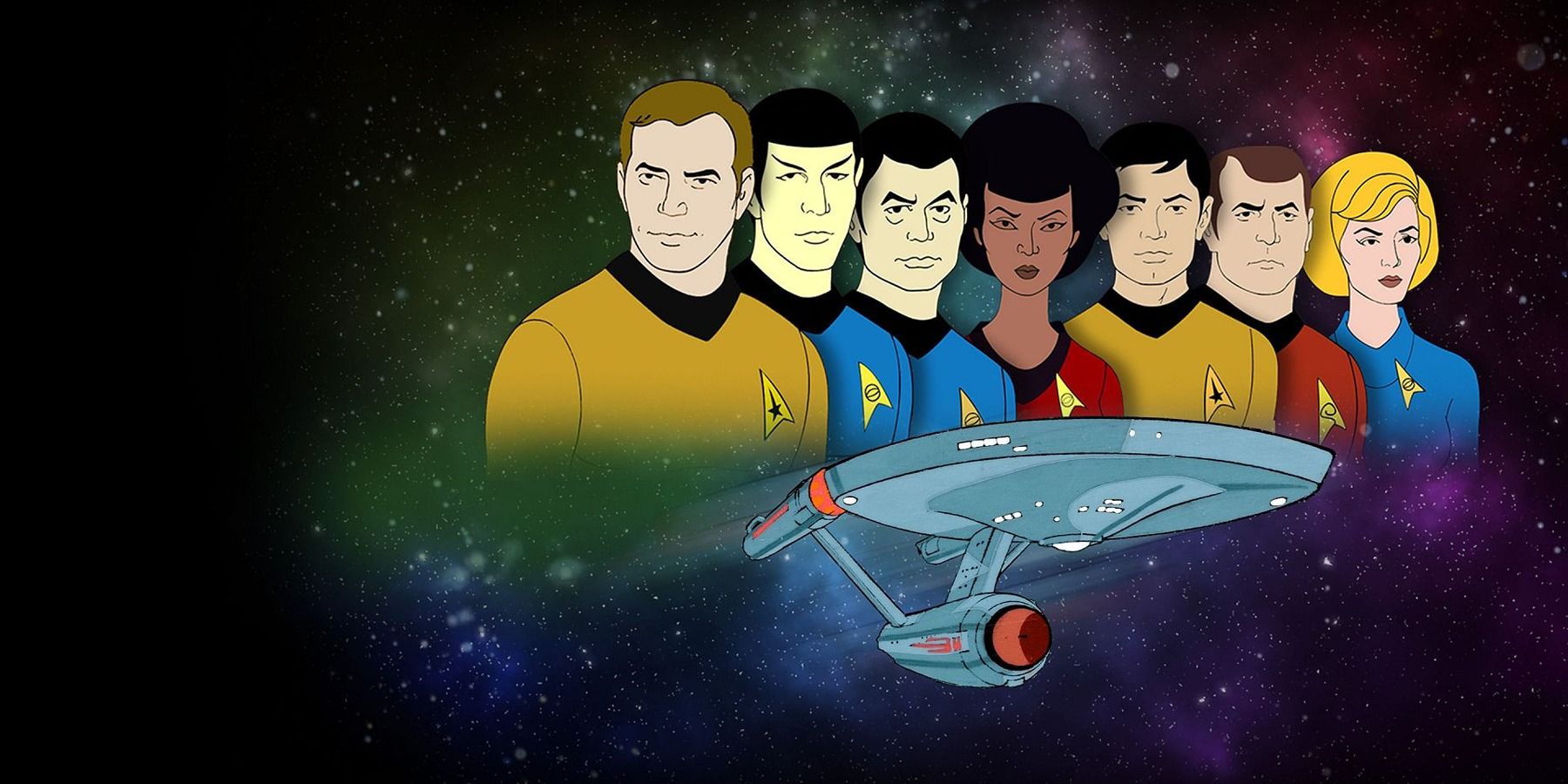Highlights
- The Kzinti, a feline alien race in Star Trek, were not originally created by the franchise's architects but by science fiction writer Larry Niven in his Known Space series.
- The Kzinti are formidable bipedal felines from the planet Kzin, known for their combat skills and strict carnivorous diet. Some possess the rare ability to read minds.
- The Kzinti made their onscreen debut in an episode of Star Trek: The Animated Series and have since become a part of the franchise's broader mythology, sparking discussions among fans.
Star Wars might have its Wookiees and Ewoks, but in Star Trek, there exists a feline race that rivals the ferocity of any spacefaring species: the Kzinti. These formidable beings resemble large, carnivorous cats, and are renowned for their striking features. They sport a distinctive coat of orange/brown fur, fearsome fangs, and tufted ears that accentuate their predatory allure.
However, this species' creation runs contrary to the usual narrative. Most extraterrestrial species in the franchise are born from the creative minds of Star Trek's architects. However, the genesis of the Kzinti can be traced back to the fertile imagination of prolific science fiction writer Larry Niven. The Kzinti made their first dramatic appearance not within the carefully crafted universe of Star Trek, but in Niven's own literary domain: the Known Space series.
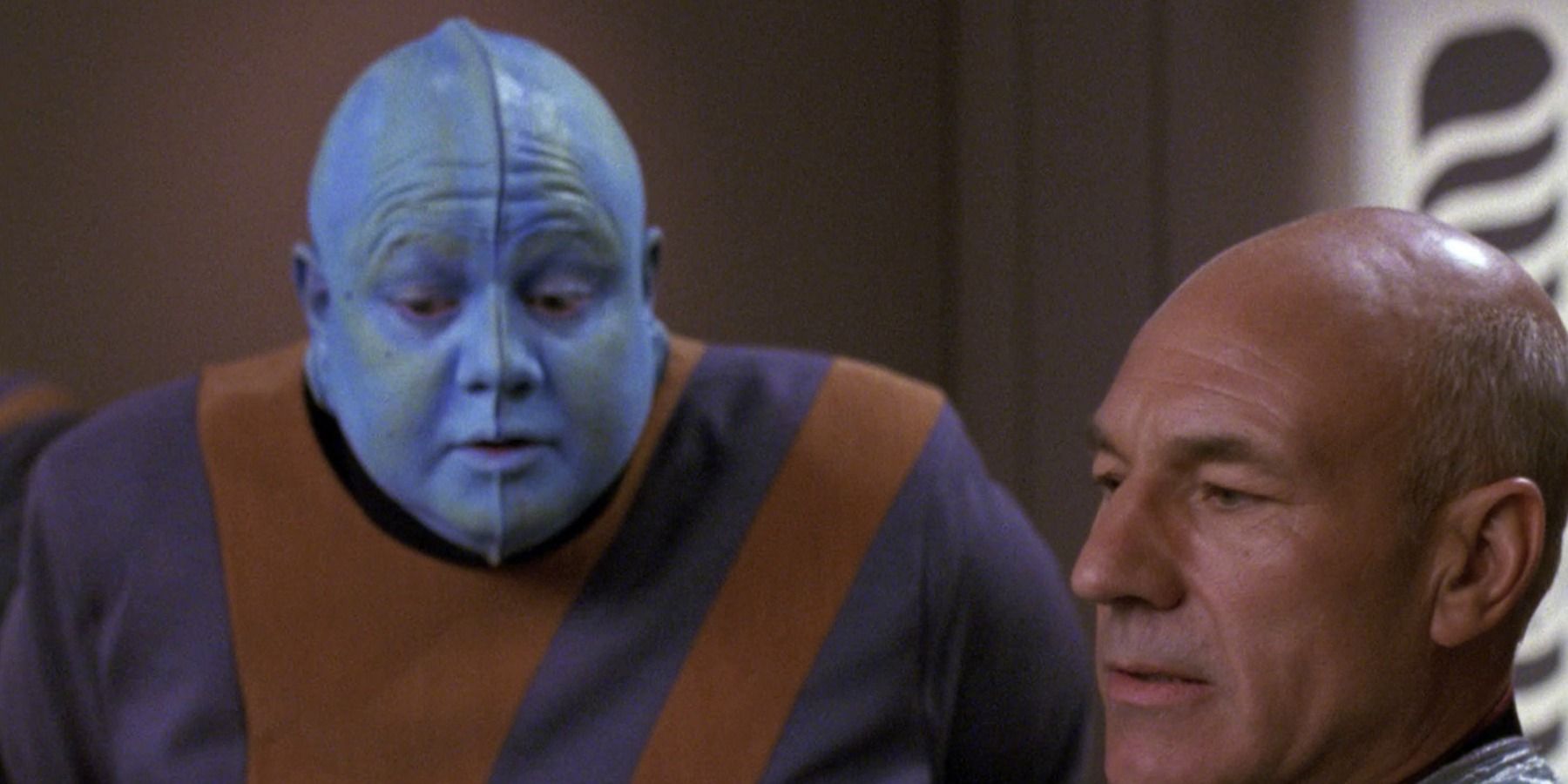
Star Trek: Who Are The Bolians?
Beyond their iconic blue skin, delve into the unique qualities that truly set Bolians apart in the Star Trek universe.
The Kzinti’s Origins
Larry Niven introduced the Kzinti to readers in his short story "The Warriors." In this tale, he envisioned a species that embodied the lethal prowess of Earth's big cats, magnified to cosmic proportions. However, the Kzinti gained wider recognition when Niven brought them into the Star Trek fold. In the animated series episode "The Slaver Weapon," the Kzinti entered the Star Trek canon. In doing so, they added a formidable new dimension to the diverse array of extraterrestrial life encountered by the intrepid crews of Starfleet.
The Kzinti, natives of the Alpha Quadrant planet Kzin, were formidable bipedal digitigrade felines. Males of the species were over two meters tall, sporting powerful frames with broad, hunched shoulders and relatively slender waists and limbs. Their physique was a recipe for unmatched combat skills. These big cats were strict carnivores, turning up their noses at anything plant-based.
Some male Kzinti boasted a rare talent: they could read minds. However, this extraordinary ability comes at a hefty cost. Using telepathy left individuals drained and in need of considerable recovery time, which often resulted in lingering discontent and neurotic tendencies.
The Kzinti government, led by the Highest of Kzin, maintained order through police vessels dedicated to law enforcement. Yet, there was a catch. The Treaty of Sirius put a hard stop on them possessing any weapons. Crafty as they were, the Kzinti sought ways to sidestep this restriction in their relentless pursuit of rearmament.
According to their unwavering code, seeking personal revenge against any attacker was essential before considering outside help. A defeat or injury left untreated? That was a profound insult, demanding resolution through an ancient and deadly tradition: single combat. It's a testament to their deep commitment to personal pride and martial prowess.
Pouncing on Star Trek: The Animated Series
Creator | Gene Roddenberry |
|---|---|
Voices |
|
No. of seasons | 2 |
Premiere date | September 8, 1973 |
Finale date | October 12, 1974 |
The Kzinti made their onscreen debut in "The Slaver Weapon," an episode of Star Trek: The Animated Series. In this tale, the crew of the USS Enterprise encounters a mysterious and powerful ancient artifact, the Slaver stasis box. This item attracts the attention of various spacefaring races, including the Kzinti. The feline aliens, driven by their predatory instincts and aggressive nature, become entangled in a quest for the device.
While The Animated Series provided a visual representation of the Kzinti, their impact transcended the animated realm. References to the Kzinti have appeared in Star Trek novels, ensuring their presence in the broader mythology. Additionally, the Kzinti's legacy endures in fan discussions. Their unique design and memorable appearances continue to spark conversations among enthusiasts. The integration of the Kzinti into the Star Trek universe exemplifies the franchise's ability to weave together diverse elements, enriching the tapestry of its storytelling.
In response to questions about the Kzinti reference in the Star Trek: Picard episode "Nepenthe," Michael Chabon stated:
I sent a fan email to Larry Niven – one of the writers whose work inspired me to want to become a writer, as a kid – and asked his permission to include a reference to his battle-and-honor obsessed Kzinti, who as you know crossed over in one episode of TAS – blowing my ten-year-old, Niven-and-Trek obsessed mind – and also, I've always suspected, helped inspire TNG's reinvention of the Klingons. Mr. Niven very graciously said that would be okay.
As the Star Trek saga continues to unfold, the fate of the Kzinti remains shrouded in mystery. While their significance in the current timeline is yet to be revealed, fans eagerly anticipate any hint or reference to this iconic alien feline race. The allure of the Kzinti lies not only in their fearsome appearance, but in the culture and conflict they bring to the Star Trek universe.
Whether prowling onto the screen in a future installment or lurking in the pages of novels, the legacy of the Kzinti serves as a reminder that, in the boundless expanse of Star Trek, the possibilities for exploration and encounter are as limitless as the stars themselves. As fans keep their ears perked for any news of the Kzinti's return, one thing is certain. These ferocious feline warriors are ready to pounce back into the spotlight whenever the stars align.

